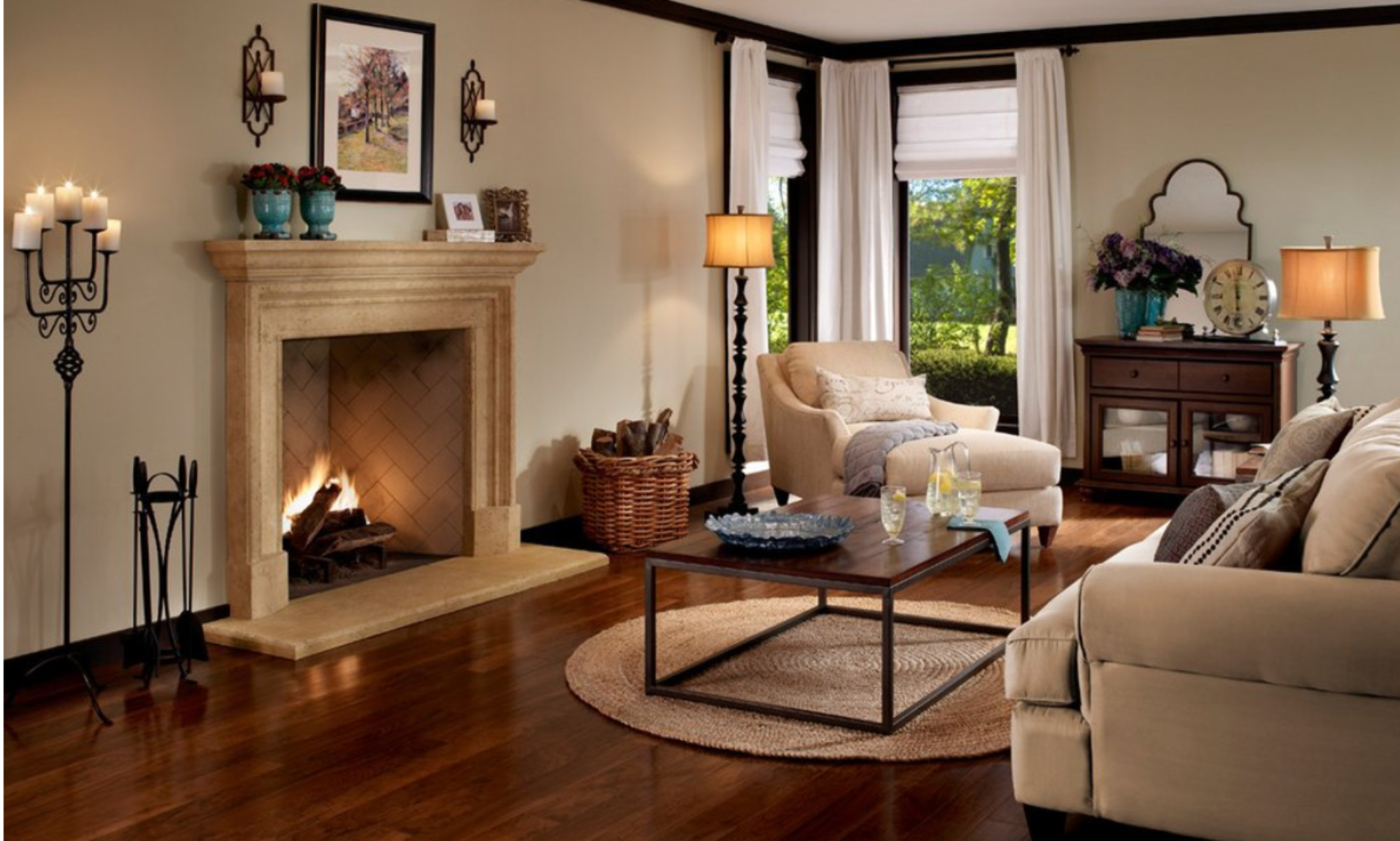
What is a Chimney Liner/Flue?
Most masonry chimneys are constructed with brick or block and an inner layer of clay tile liners/flues. The purpose of the lining system is to keep the heat and flue gases inside the chimney until they can safely exit out the top.
The lining system acts as an insulator and keeps combustible material from overheating and causing a fire. They also keep carbon monoxide, moisture, smoke and creosote from leaking out of the chimney and into your home.
You may have multiple liners/flues running through the same chimney. For example one to your furnace and hot water tank and one to your fireplace.
The condition of your liner is the number one priority for us when we are doing an inspection as it is the safety barrier between you and carbon monoxide or chimney fires.
Why Reline?
Chimney liners will get damaged by weather, freeze/thaw heaving of the foundation, normal heat-induced expansion/contraction and chimney fires. If you have had a chimney fire, which is sometimes accompanied by a loud roaring noise, you should have the chimney inspected. Most of our customers liken the sound to a “freight train”.
Chimney fire temperatures can exceed 2,500 degrees and can cause damage to flue liners. Once the liners are damaged, hot spots can develop and cause excessive heat to radiate to combustible materials surrounding the chimney.
More often than not the liners crack open. If ignored over time creosote will work its way through these cracks and leach into other parts of your chimney or home. In the event of another chimney
If your liner/flue is cracked, broken, separated or
What Is Relining?
Relining is replacing a damaged chimney liner/flue. Where the ceramic liners are damaged at the top of the chimney we can often replace them with other ceramic liners. Once they get down inside the chimney where we can’t reach we reline the entire chimney with stainless steel.
Wild Wind Chimney Services has been relining chimneys for 35 years. We accurately size them to your heating appliance based on the size of the flue coming off your appliance and for gas appliances the number of BTU’s. Or size them to the opening of your fireplace.
How Do You Reline?
Often the relining involves us removing the current liners which are most likely tile. We use a drill, rods and a variety of “smashing” devices which swing around inside the tile liners causing them to break and fall down inside the chimney. We then clean them out at the bottom. Our years of experience allow us to do this without damaging the structure of your chimney or other liners within the chimney.
We remove the old liners to make room for the new insulated liner to fit down to your appliance and also to remove the chance of any residual creosote on the old liners becoming a future problem.
We then start to assemble your stainless liner which involves wrapping it in 1/2″ ceramic blanket to insulate the liner. This allows the thin stainless to heat up rapidly and stay warm.
What is the Benefit of a New Stainless Liner.
- The stainless liner has a thin wall of stainless which heats up very quickly.
- The insulation wrapped around the liner keeps the liner hot.
- It is round and sized correctly, allowing the smoke to get up efficiently.
- These above features allow the liner to stay much cleaner than the common ceramic liners.
- Lifetime warranty.
What do you Reline to?
We offer stainless liners to wood fireplaces, wood and coal stoves, wood, gas, oil and coal furnaces, gas hot water tanks.
How Long is a Stainless Liner Good For?
Our stainless liners come with a Lifetime Warranty. To date since 1978 we’ve only replaced two stainless liners that we have installed. These two were neglected and abused leading to corrosion.

